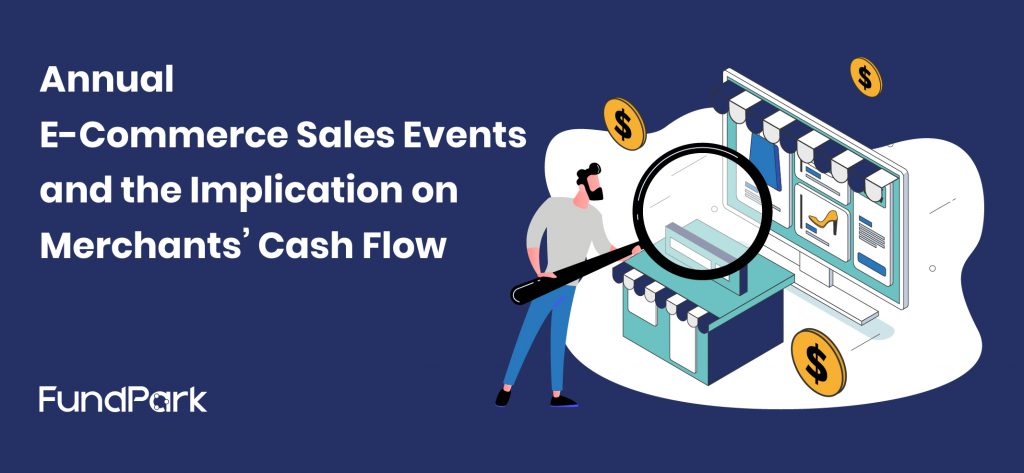
Black Friday, the day after the Thanksgiving holiday (October in Canada and November in the US), has been a traditional shopping event for decades. As consumers began to shift their shopping patterns to include or even prefer online shopping, retailers responded accordingly. Cyber Monday came onto the shopping scene in 2005. As Amazon became a major force in the shopping marketplace, it created its own event: Prime Day. Online marketplaces followed suit, with China’s 618 being a standout example.
These sales events represent a major strategy for online retailers. Amazon’s Prime Day, a two-day event brought in USD 11.2 billion in revenue in 2021 (https://www.digitalcommerce360.com/article/amazon-prime-day-sales/). This figure is quite impressive on its own, but also as a percentage of Amazon’s annual sales. More specifically, Prime Day sales make up approximately 5% of the Company’s annual revenue. Not to be left behind, China’s events are just as impressive. JD’s 28-day sales event in 2021 reached CNY 343 billion / USD 53 billion in sales, which represents a 43% year-over-year growth. Xiaomi’s campaign brought in CNY 19 billion / USD 2.9bn over its 18-day period.
While these sales events are effective in driving up revenue for both the e-commerce platforms and merchants who sell through them, the stress on the latter’s cash flow is often overlooked. While the post-Covid world has shed light on the complexities of the supply chain, most consumers do not fully appreciate the challenges behind the immediate gratification shopping experience. There is a massive inventory build-up leading to these sales campaigns, and given that merchants do not see cash inflow for weeks after the events finish, merchants experience tremendous stress on their working capital, often needing short-term financing to get through these periods.
Illustrating a typical supply chain experience, merchants need to make sales projections months before the event and negotiate with suppliers or manufacturers when placing order, often needing to put down deposits or even pre-pay. Once goods are manufactured, they need to be shipped to designated warehouses, e.g. Amazon’s FBA warehouses, which can take as long as 60 days. Complications such as those related to Covid or ships getting stuck in the Suez Canal can extend shipment times, putting additional strain on merchants’ cash flow. Adding the time it takes for consumers to place purchases and the e-commerce platform payment schedules, merchants’ cash flow can be locked in for over three months.
The China market has more advanced logistics and faster customs clearing than most other markets. However, the strain on merchant’s cash flow is still material.
While some merchants are large enough to obtain financing from their banks, many are so fortunate. As small or medium enterprises, they often find it challenging to secure financing at reasonable rates or terms. At times, they do not secure financing at all. Given the regulatory requirements and business models, it is not difficult to see why many shun away from this segment. Be it as it may, it does leave an immense market with insufficient financing.
E-commerce will continue to grow and evolve, as will consumers’ demand for faster and better shopping experiences. Looking at the immediate future, the second half of the year will feature sales events such as Double 11 (雙十一 ) in China, Thanksgiving and Black Friday sales during October and November, and Christmas sales in December.
Contact us to find out how we can support merchants with their working capital needs!!


To find out more about FundPark:
Website: 👉🏻 www.fundpark.com
Email: 📧 [email protected]
